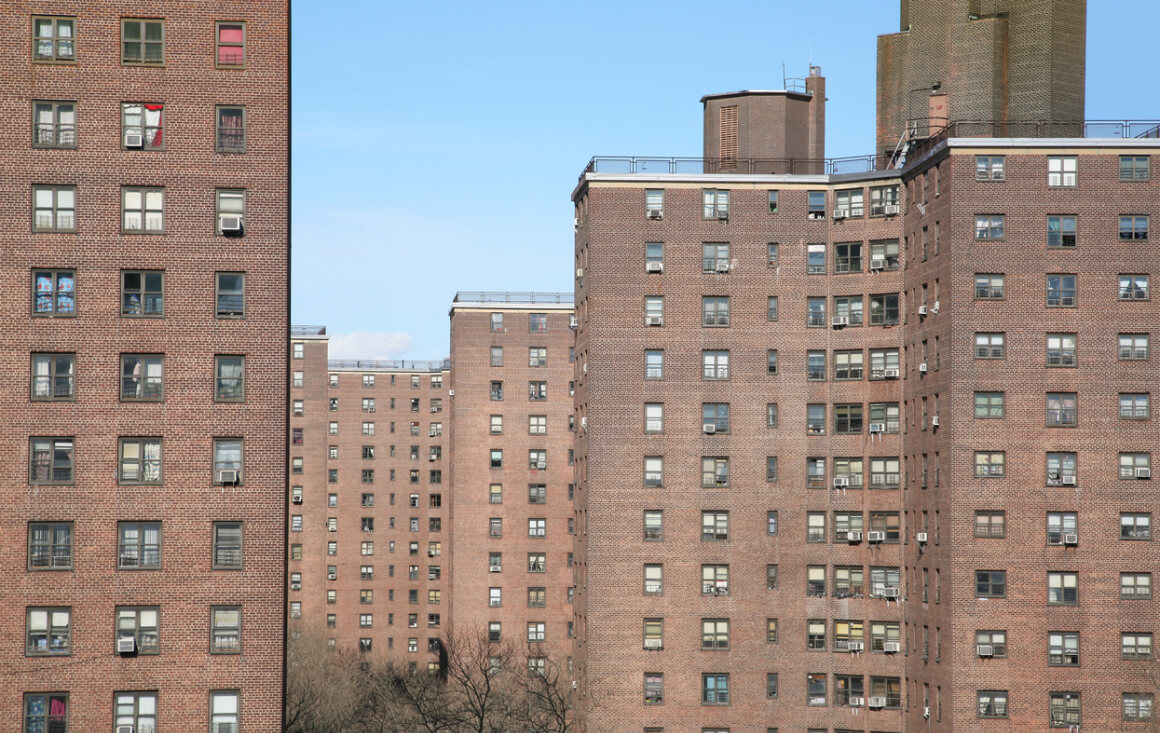Introduction
Lead poisoning, a significant public health issue, has been particularly problematic in urban areas like New York City (NYC). This article provides a detailed overview of the city’s legal framework addressing lead poisoning, tracing its evolution from the early 1960s to the present day. It highlights key legislations, their impact, ongoing challenges, and future perspectives.
The Early Days: Initial Steps Against Lead (1960s-1980s)
- Health Code §§ 173.13 and 173.14 (1960): NYC initiated regulations on lead paint in the 1960s, preceding statewide and federal efforts. These codes banned the sale and use of lead-based paints in residential settings, recognizing the health risks, especially to children.
- Local Law 50 of 1972: Acknowledging the ongoing lead poisoning threat, this law mandated the removal of existing lead paint in residences. It marked a shift towards proactive measures but faced enforcement challenges.
- Local Law 1 of 1982 (LL1/1982): This groundbreaking legislation required landlords to remove lead hazards in dwellings with children under six. It marked the city’s first significant move towards primary prevention of lead poisoning.
The 1999 Overhaul: Local Law 38 and Its Aftermath
- Local Law 38 of 1999 (LL38): Prompted by legal challenges and landlord liability concerns under LL1/1982, LL38 revised NYC’s lead laws. It narrowed the definition of lead hazards and extended timelines for hazard correction. However, its perceived leniency led to legal nullification and a brief reinstatement of LL1/1982.
The 21st Century: A New Era in Lead Poisoning Prevention
- Local Law 1 of 2004 (LL1/2004): In response to LL38’s deficiencies, LL1/2004 was enacted, establishing a robust framework for lead hazard management. It broadened hazard definitions, mandated regular inspections, and set stringent standards for remediation and tenant notification.
Subsequent Amendments and Expansions (2005-2023)
- Ongoing Legislative Revisions: LL1/2004 has undergone several amendments to address emerging challenges, improve enforcement, and expand coverage to smaller residential units.
- Inter-Agency Collaboration: Enforcement involves HPD (housing compliance), DHMH (public health management), and DoB (building safety), ensuring a holistic approach to lead hazard control.
- Data-Driven Approach: Regular reporting by HPD and DHMH offers transparency and insights into lead violations and poisoning cases, guiding public health strategies.
Persistent Challenges and Future Trajectories
- Enforcement Hurdles: Despite legal advancements, challenges in consistent compliance, property access for inspections, and resource allocation persist.
- Public Awareness and Education: Increased efforts are needed to educate vulnerable communities about lead hazards.
- Science-Policy Nexus: Continuous research into lead toxicity should inform policy updates, ensuring relevance and effectiveness.
Conclusion
NYC’s journey in tackling lead poisoning reflects a complex interplay between health policy, legislation, and community advocacy. The shift from reactive to preventive strategies in lead regulation underscores the city’s commitment to public health, especially for children. As knowledge and societal needs evolve, the city’s lead hazard management must adapt, ensuring a safe, lead-free environment for future generations.
We welcome your legal questions for topically relevant articles in the future. Feel free to compose a question – it may be addressed in future articles. Email Question
Free Case Evaluation
Fill Out The Form Below To Find Out If You Have A Case.
Thank you for contacting us. One of our colleagues will get back to you shortly.



